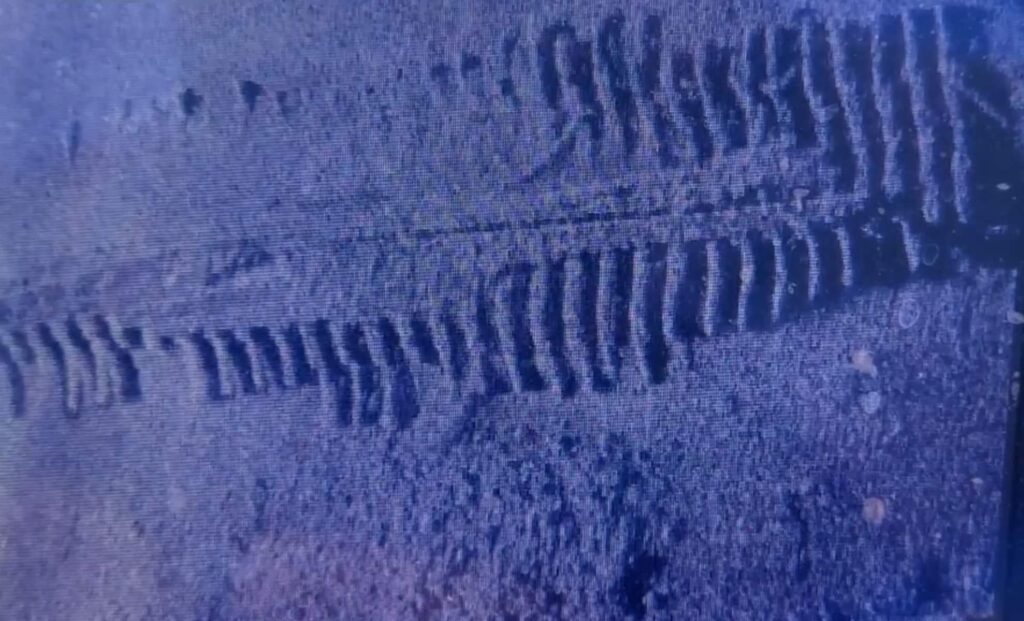A fishing trip turned into an accidental archaeological find when a father and daughter discovered a long-lost shipwreck near Green Island, Wisconsin. The wooden sailing vessel, later identified as the George L. Newman, had vanished for more than 150 years after it ran aground during the Great Peshtigo Fire.
The discovery was made in August 2022 by Tim Wollak and his five-year-old daughter Henley, who noticed an unusual shape on their fish finder. Initially suspected to be a different wreck, the submerged remains were eventually confirmed to belong to a vessel tied to one of the most devastating fires in U.S. history.
Their finding gained attention not only for its historical significance but also because it emerged from shifting sands that had concealed it for generations. The George L. Newman, a barkentine launched in 1855, was one of the many ships lost to the chaotic conditions caused by the Great Peshtigo Fire in 1871. Its rediscovery adds to the growing list of underwater historical sites found accidentally in recent years.
A Routine Outing Reveals Submerged History
What began as a typical father-daughter outing soon turned into a unique archaeological moment. As reported in Popular Mechanics, Henley and Tim Wollak were fishing and swimming near Green Island when their sonar equipment picked up an unusual image underwater. While Henley jokingly suggested it might be the mythical “Green Bay Octopus,” her father suspected they had found something more grounded in history.
Tim posted sonar images in local Facebook groups, where they attracted the attention of Jordan Ciesielzyk, a maritime specialist with the Wisconsin Historical Society. The images did not match the known wreck of the Erie L. Hackley as some initially believed. In December 2023, a remotely operated vehicle from the Wisconsin Department of Natural Resources was sent to the site. The photos captured during this mission allowed experts to identify the wreck as the George L. Newman.
The Wreck’s Connection to the Great Peshtigo Fire
The George L. Newman ran aground on October 8, 1871, the same night the Great Peshtigo Fire swept through northeast Wisconsin. According to the Wisconsin Historical Society, the vessel was departing Little Suamico with a lumber cargo when it encountered thick smoke from the fire. The crew became disoriented and crashed on the southeast point of Green Island.
Lighthouse keeper Samuel Drew had kept his light burning during the day because of the poor visibility. This allowed him to rescue the stranded crew, who remained at the lighthouse for a week trying to salvage materials from the ship. Maritime archaeologist Tamar Thomsen explained to NPR that the ship eventually broke apart due to storms and ice, and was slowly buried by sediment over the decades.
Accidental Discoveries Shed Light on Regional Maritime Past
The shipwreck lay beneath less than ten feet of water and may have been recently exposed due to changes in the seabed. According to NBC 26, thirteen shipwrecks have been discovered in Wisconsin over the past year, all by chance. Ciesielzyk noted that “each of them is basically like a time capsule,” offering insights into local maritime history.
The Wisconsin Historical Society is continuing its investigation into the Newman. Plans are in place for divers to return to the site in the spring to conduct a thorough survey and take additional photographs. As for young Henley, the excitement continues—her father said she’s still holding out hope for a piece of treasure from the wreck.

